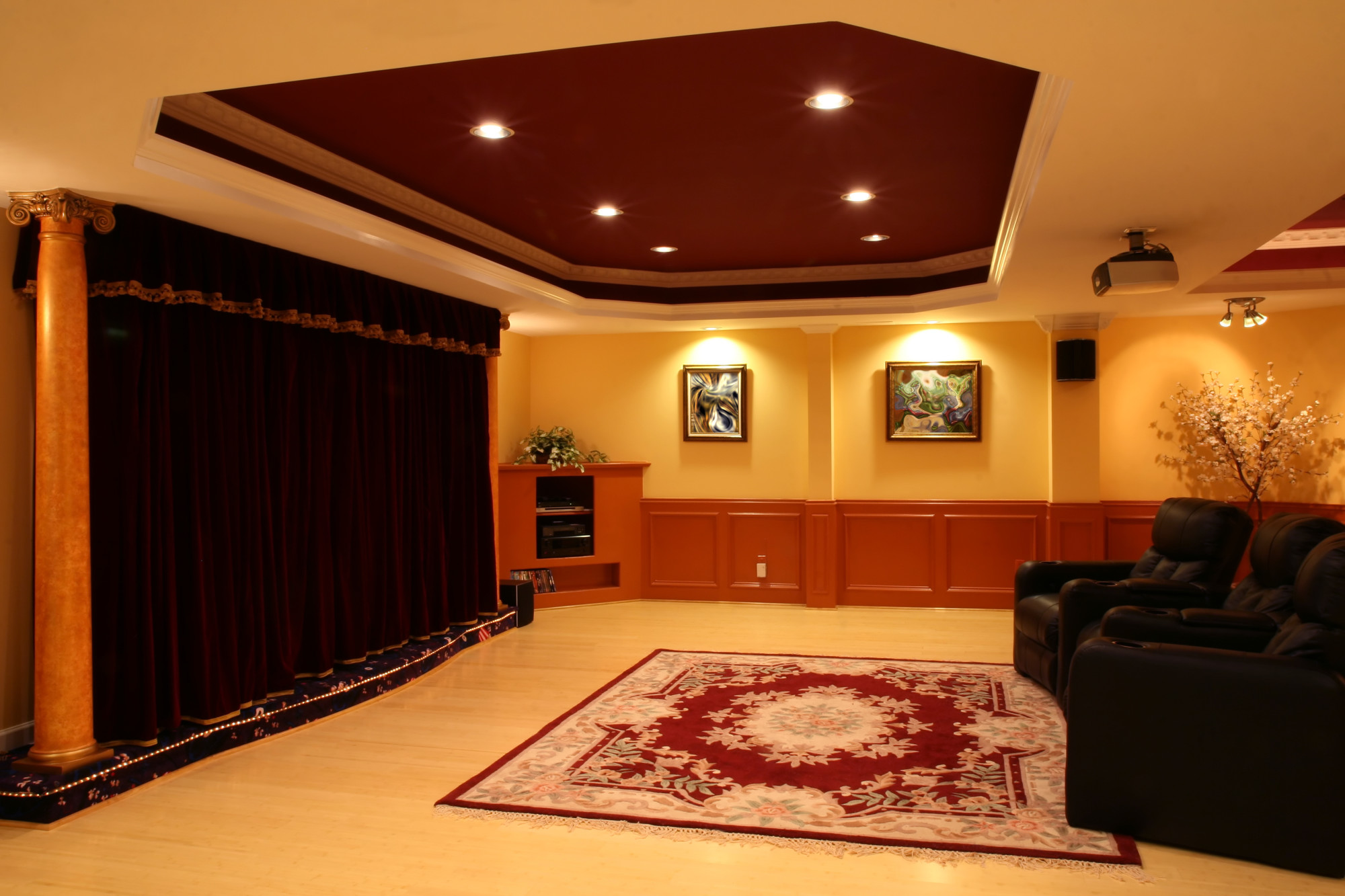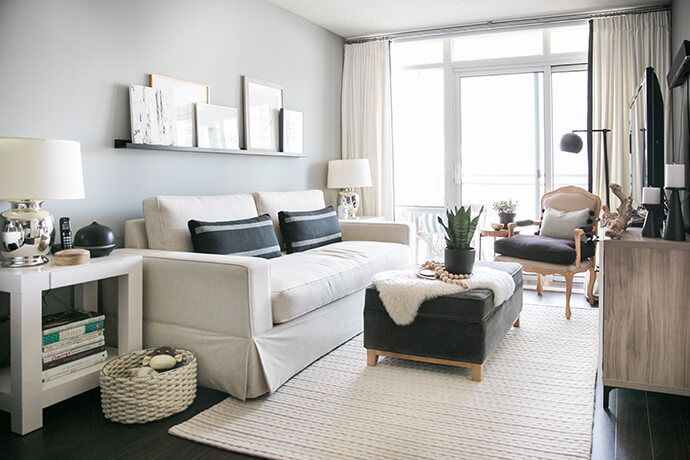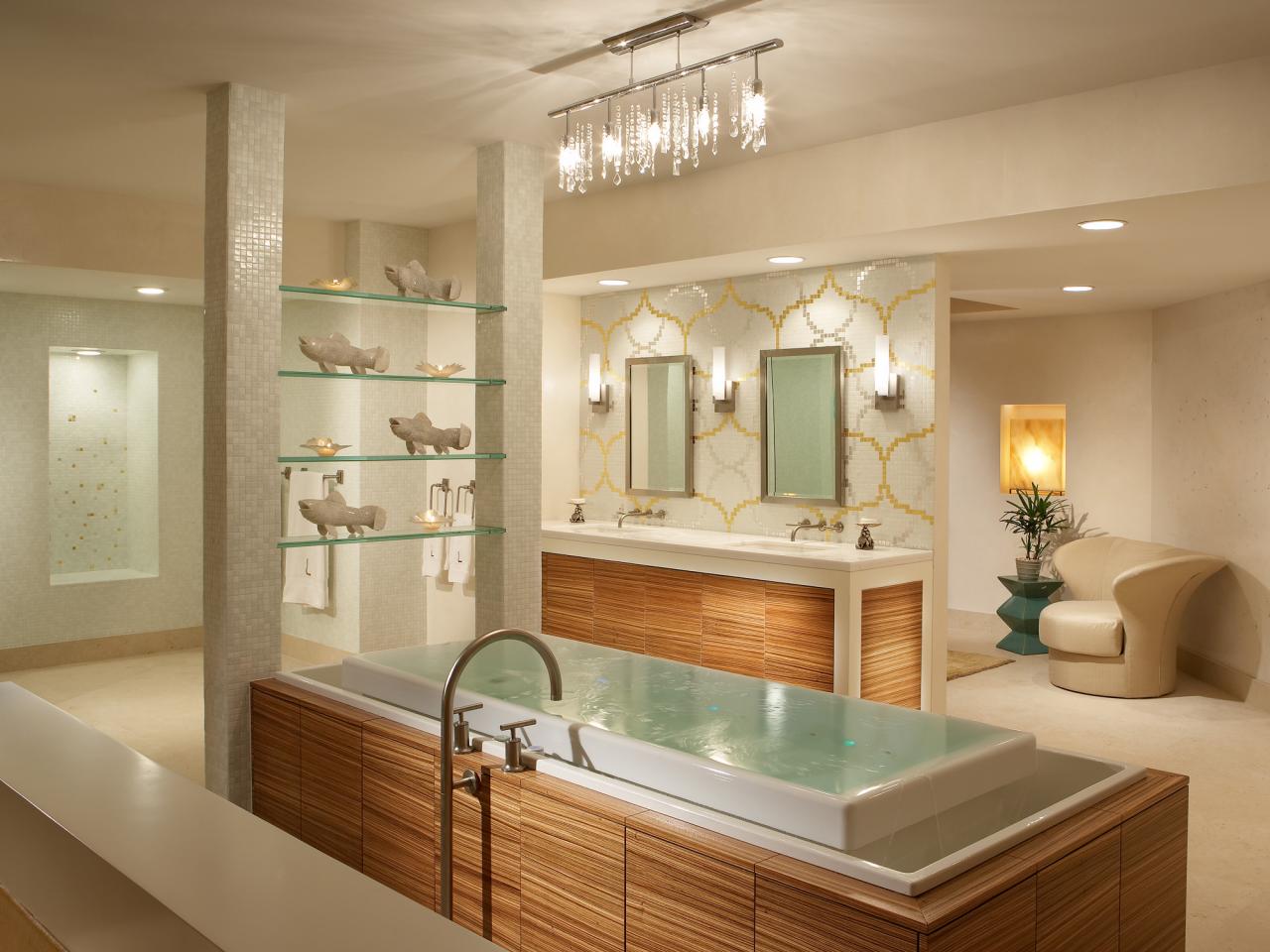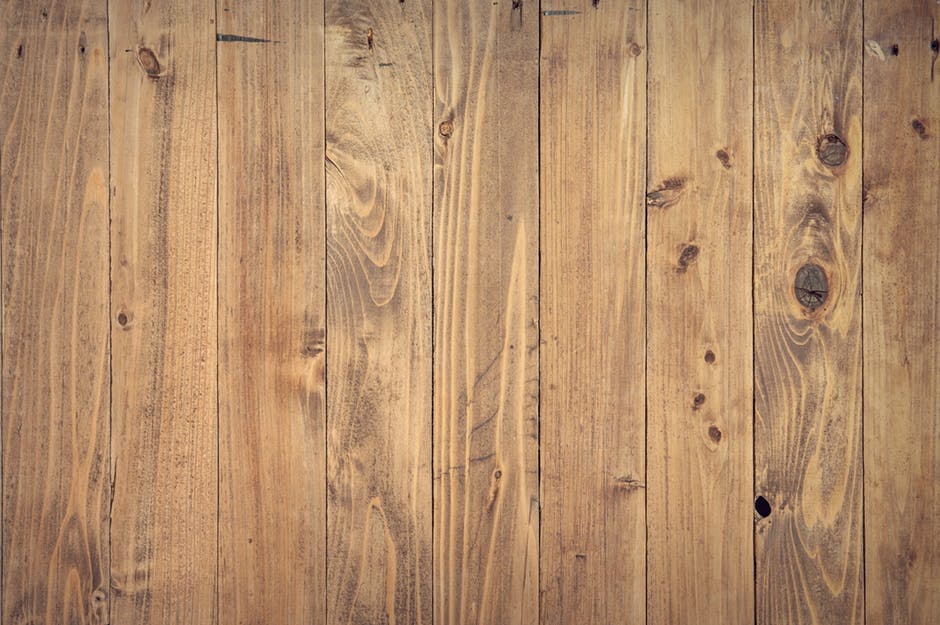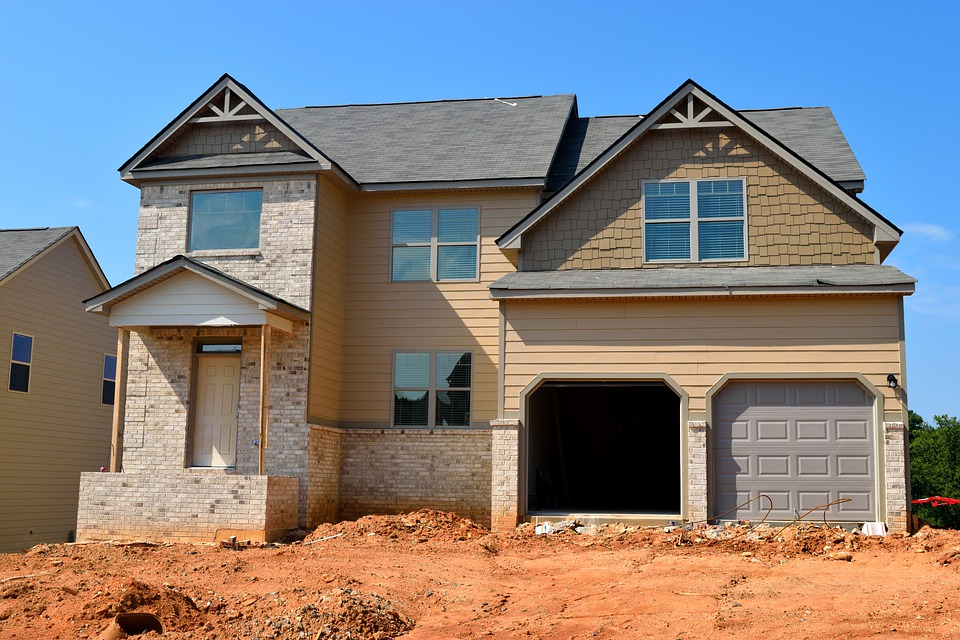When you decide to build a home theater, you have to be ready to spend big money.
There’s nothing more luxurious than installing a legitimate theater in your house. If you’re a cinephile, it’s probably something you’ve always dreamed of but never thought you’d be able to accomplish. Well, here you are, ready to outfit your home theater the way that you want it.
So, in light of this advancement in your home life, we’re going to discuss anything and everything that you absolutely have to include in your theater room. What’s the point of doing this if you’re not going to do it the right way?
You can have a massive HD television to make your favorite films look crisp and a powerful stereo system so that you’re immersed in the experience, but you can’t stop there. There’s comfort, decor, and a few extra features that you might want to think about as well.
We’ll cover it all and then some. Let’s build the best home theater from the ground up.
Why a Home Theater?
There are countless benefits to having a home theater setup. Not only can you use it to dig into your movie collection to watch some of your favorites, but it’s perfect for families with kids of all ages. Why go out to the movies when you can stay in and get the same experience in your own house.
It doesn’t stop there, either. If you’re a gamer or a fan of sports, your home theater will make you feel like you’re in the game or at the stadium, which is something a normal living room setup could never provide. With a great picture, booming sound, and comfy seats, you’ll never have to leave your home again.
What Do You Need to Make the Best Home Theater?
What do you need to make a home theater great? You’ll have to start by making a home theater budget, then you can move forward with the basics: a well-prepped room, a huge screen, and a booming sound system. The rest is really up to you and how creative you’re willing to get.
Prepping Your Room
You don’t have to be a rich and famous person with a gigantic mansion that has 15 spare rooms to build yourself a home theater. You just need an unused room that’s big enough to fit a screen on one of the walls and plenty of comfortable seating.
Many people will tell you that the ideal size for a home theater room is somewhere in the neighborhood of 20’x13′, which is enough to fit a projector screen and a row or two of recliners, but you can get away with a 12’x12′ room.
Try to choose one that’s away from everything else because it’s going to create a fair amount of noise, even after soundproofing. Speaking of which, let’s talk about the overall construction of the room. If you’re building it as an addition to your home, you’ll have to frame it and put a special focus on insulation.
If you’re building within an existing room, you may want to reinsulate the outer walls, floors, and ceiling with R30-rated insulation. Saving that, you can put up homemade sound baffles and soundproofing to minimize the amount of volume that gets through.
Once you’ve prepped the room and carved out space for your surround sound system, you’re ready to start outfitting the theater.
For the Visuals
Choosing your screen is arguably the most important decision that you’re going to have to make during this process. There are essentially two ways to go about making it: you can get a massive TV or you can get a projection setup. Both have pros and cons, so let’s quickly go over them.
A TV with 4K resolution is going to give you the clearest and brightest picture of all. It’s going to have better contrast and it’ll be more versatile if you’re going to be watching movies, watching TV, streaming, and playing video games. It’s also easier to install a TV.
However, for a movie theater, you’ve got to be somewhat preoccupied with size. You can get an 85″ 4K television for around $3,000, but a 100-120″ projector screen with 4K resolution is probably under $1,000. Also, projectors have gotten a lot brighter in the last few years as they’ve risen in popularity.
This decision depends on what you use the theater for. If it’s exclusively for watching films, then go for the projector screen, but if it’s an all-purpose room, get the best TV you can afford and move on to the sound system.
Audio World
When it comes to the audio portion of your home theater, you’ll need to get an AV receiver and some surround sound speakers. Since it’s what’s doing a lot of the work, home theaters live and die by the quality of the receiver. Basically everything that you see and hear passes through this thing.
As you’re setting up your room, you may want to carve out holes in the walls and insulation for your surround sound speakers to go in. If you know a thing or two about speakers, you may want to select specific ones that will work well in your room.
Most people just want it to sound clear and loud, as you would hear in a real movie theater. Whether you’re going for a 5.1 or 7.1 surround sound is up to you, as is the positioning of the speakers. You can play around with this a bit before you install anything permanently.
Comfort
Once you’ve got the audio/visual components set up in the room that is to be your theater, you can start to have a bit of fun. Depending on the size of the room and where you’ve got the speakers situated, you may be able to vary up the seating arrangements a bit.
The typical home theater setup would have 2-3 rows of identical recliner seats so that everyone in the room has the same viewing experience. If you’re not a formalist, however, you can add a daybed, bean bag chairs, and a big comfy couch to your theater setup.
The goal is to enjoy yourself and relax, so your seating situation should reflect that.
Decor
How you furnish your home theater is important, as is the decor that you move forward with. Movie theaters have very specifically designed rooms that are all about the viewing experience, but this is a home theater we’re talking about.
When you’re watching films, you’re going to have the lights dimmed low to have all of the focus on your screen. But, when you’re having some buddies over to watch the football game, you’ll want to have the lights up to expose your decor. Speaking of lighting, choose some cool looking colored ones with dimmers for a real spectacle.
Add some sconces to give it the theater vibe and hang your favorite movie posters to set the mood. There are some other features that will take your home theater over the top. We’re talking about a popcorn machine, a record player (and vinyl records), and a theater bar at the back of the room.
You might as well make this an all-purpose party room if you’ve got the budget for it.
Video Games
Whether you’ve got kids or not, you’re probably going to want to purchase some video game consoles, both old and new, to include in your theater room. The vintage ones will be for you, but your kids will never speak to you again if you don’t have a PS4 and Playstation’s VR system set up in there.
You can find lists upon lists of the best PS4 games to get, but we’re sure your kids will help you out with this one.
Streaming Help
Lastly, unless you’ve got an extensive Blu-ray collection at your disposal, you’re going to need to subscribe to some (or all) of the streaming services if you’re going to be able to call this a real home theater. Here’s a list of the best ones for TV, movies, and online content:
- Netflix
- Hulu
- HBO Max
- Disney Plus
- Amazon Prime
- Sling TV
- YouTube TV
Getting all of them will set you back at least $100-150 per month, so select the ones that make the most sense for you and don’t look back.
Living Your Best Life
If you’re a film and TV lover, building yourself a home theater with whatever resources you have is going to be a no-brainer. Use this post as your guide for making the best home theater and give it a personal touch along the way.
This room will be your sanctuary. It’ll be where you go to unwind after a long day at work, to enjoy quality time with your family, or to blow off steam after a tough day. You can truly live your best life with a home theater.
Did you enjoy this post? Come back and visit us again for more on real estate and home decor.
